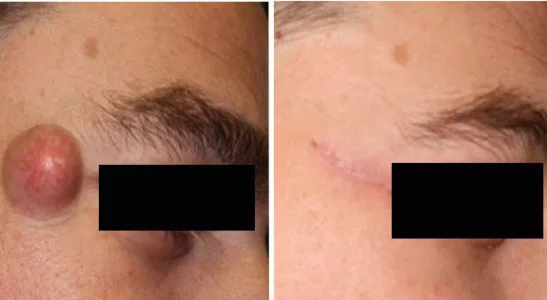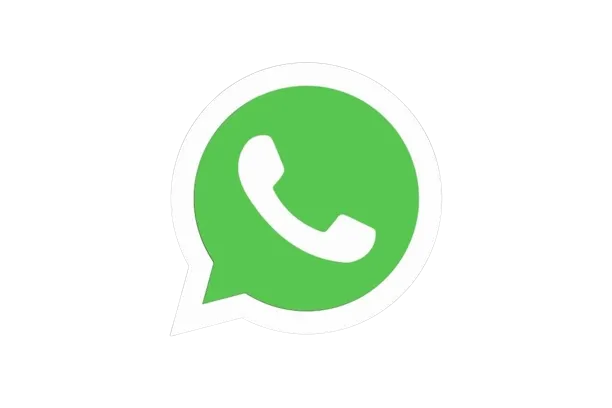Cryotherapy is a procedure that uses extreme cold (liquid nitrogen) to destroy tissue. It’s often used to treat skin lesions, which are skin growths preferably benign or patches that don’t look like the skin around them.
Cryotherapy refers to a treatment in which surface skin lesions are frozen.
Cryogens used to freeze skin lesions include:
Freezing may be the most suitable way of getting rid of many different kinds of surface skin lesions. It is relatively less expensive, safe, and reliable.
Cryotherapy stings and may be painful sometimes, at the time, and for a variable period afterward. Depending on the size and location of the lesion, it is treated for a few seconds and allowed to thaw. This may be repeated for 2-3 cycles.
Cryotherapy using liquid nitrogen involves the use of a cryospray, cryoprobe or a cotton-tipped applicator. The nitrogen is applied to the skin lesion for a few seconds or longer, depending on the type of lesion and the diameter and the depth of freeze. The treatment is repeated in some cases, once thawing has completed. This is known as a ‘double freeze-thaw’.
Carbon dioxide cryotherapy involves making a cylinder of frozen carbon dioxide snow or a slush combined with acetone. It is applied directly to the skin lesion.
DMEP comes in an aerosol can available over the counter. It is used to treat warts using a foam applicator pushed onto the skin lesion for between 10 and 40 seconds, depending on its size and site.
Immediate swelling and redness may be reduced by applying a topical steroid on a single occasion straight after freezing. Anti-inflammatory drugs orally may also reduce inflammation and discomfort.
The treated area is likely to blister within a few hours, depending on the depth and duration of the freeze. Sometimes the blister contains clear fluid and sometimes it is red or purple because of bleeding (this is harmless). Treatment near the eye may result in a puffy eyelid, especially the following morning, but the swelling settles within a few days. Within a few days, a scab forms and the blister gradually dries up.
Usually, no special attention is needed during the healing phase. The treated area may be gently washed once or twice daily and should be kept clean. A dressing is optional but it is advisable if the affected area is subject to trauma or clothes rub on it.
When the blister dries to a scab, apply petroleum jelly and avoid picking at the scab. The scab peels off after 5–10 days on the face and 3 weeks on the hand. A sore or scab may persist as long as 3 months on the lower leg because healing in this site is often slow.
After a standard freeze of actinic keratosis, seborrhoeic keratosis, or viral wart, the skin may appear entirely normal without any sign of the original skin lesion. It may take several treatments to achieve this
The main concern is secondary wound infection, but this is uncommon. Infection may cause increased pain, swelling, thick yellow blister fluid, purulent discharge, and/or redness around the treated area. Consult your doctor if you are concerned: topical antiseptics and/or oral antibiotics may be necessary.
Other undesirable effects may include:| DO | DON'T |
|---|---|
| Be honest about your medical history and let the professionals do what they need to ensure you are safe and ready. | Do not wet your body (skin, hair) and clothes before treatment, as any moisture will freeze and have frostbite. |
| Remove and leave all your jewelry at home or keep in your jewelry box before treatment | Do not get scared of low temperature or freezing, you may hardly feel any pain or discomfort. |
| DHave slight movements in treatment room to keep blood flowing and avoid any prickly sensation in your extremities. | Don’t worry, you don’t have to stay more than 3 or 5 minutes in treatment room. |

